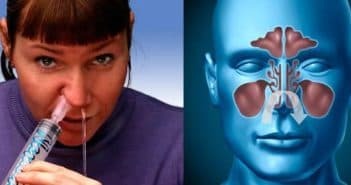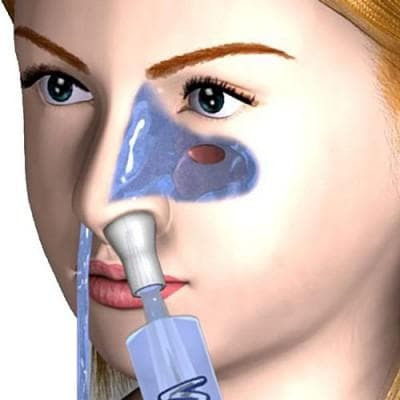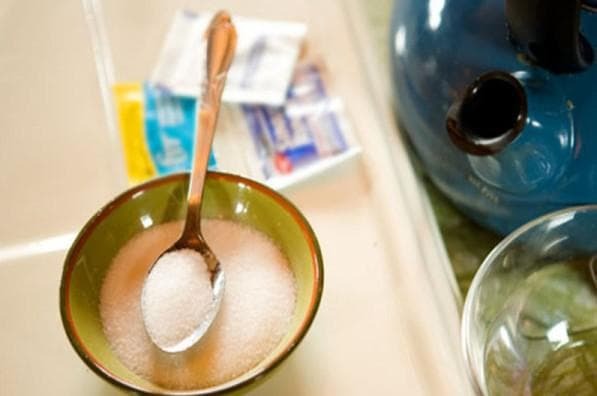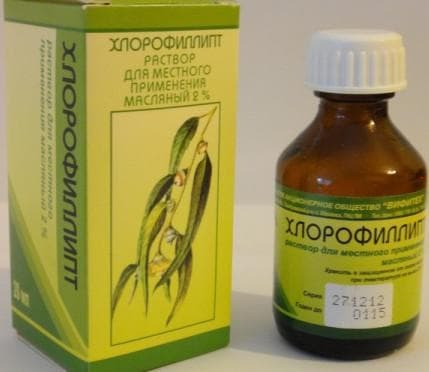
Many parents who have firsthand knowledge of what a sinusitis in a child, probably heard about a very effective method of its treatment - "cuckoo".This procedure, though initially frightens the child and his mother, is not really so terrible - yes, unpleasant, but painless. And she got that name because the child is offered to say "ku-ku" during her time. Why is the pronunciation of these sounds so magical and who and what can the "cuckoo" help?
From this article, you can learn how to treat the started sinusitis.
Contents
- 1 Why do we say "ku-ku"
- 2 What medicines are used in this case
- 3 How it works
- 4 It was forgotten undeservedly
Why we say "ku-ku"
"Cuckoo" is the common name of this procedure. Doctors, it has a more official and unpronounceable name - washing the nose according to Proetz. Arthur Proetz is an American otolaryngologist who first developed this technique. It is used today not only with genyantritis, but also with etmoiditis and frontitis, polyps in the nose, adenoids, allergic rhinitis.
How is inhalation for sinusitis at home, you can learn from this article.

In the picture - the scheme of the procedure "cuckoo"
However, immediately notice that it is not used in children under five years. The child during the procedure requires the most active participation - the preservation of a certain position of the body, the utterance of certain sounds. If your child experiences fear, cries and resists the procedure - forcibly you will not do it.
From this article, you can find out how much sinusitis is treated with antibiotics.
The sounds of "ku-ku" were not invented for the entertainment of patients - they are the ones that allow the procedure to be carried out properly. When they are uttered, the opening of the larynx is closed, and the drug itself and pus and mucus do not drain into the throat, but are completely extracted from the nose.
The video shows how to make a cuckoo at a genyantritis:
From this article you can see reviews about the catheter Yamik at a genyantritis.
Different types of inflammation of the paranasal sinuses occur most often in children aged 5 to 8 years. In this interval, the sinuses have certain developmental features, and therefore often become infected. Doctors use the "cuckoo" method as part of complex therapy in not very serious cases of the disease. Unfortunately, it is usually impossible to do without prescribing antibiotics. But "cuckoo" often saves the child from a more painful and frightening procedure - a puncture of the paranasal sinus.
What medicines are used while using
The procedure lasts 10-15 minutes. If the doctor is experienced and qualified, it passes easily and painlessly. First, the patient is buried in the nose vasoconstrictive drops - they reduce the swelling of the nose. Then the child is offered to lie down on the couch and head up to 45 degrees and start pronouncing "ku-ku". Various antiseptics are used for washing, for example:
- Salt solution

- Chlorhexidine,

- Miramistin,

- chlorophyllipt or furacilin.

Less often, antibiotic solutions are used for treatment - for example, ceftriaxone.
Further in one nostril the doctor inserts a suction to the patient, and another pours in a special device a therapeutic solution. As a result, the doctor can examine the contents of your sinuses - whether there is much mucus and pus. When there is a lot of dense contents in the sinuses, the doctor may need to clamp your nostril - due to a pressure drop, the purulent "stopper" will come out. However, in doing so, it is possible that the child will feel a drawing pain in the forehead region. Usually, for complete recovery, 5-7 procedures are required, which must be performed in the ENT doctor's office.
What is the prophylaxis of sinusitis in children, is indicated in this article.
The use of the method in the home environment is unacceptable, as the Eustachian tube may be injured and otitis will begin. The only exception is the Dolphin device, which mimics the cuckoo - it can be used at home on its own. It has the same indications for use as the procedure described by us. It includes a mineral and plant complex, which quickly cleanses the nasal passages and relieves nasal congestion.
How to use Renoflumacil in genyantritis, please see this article.
However, you can apply Dolphin, as well as cuckoo, only from the age of four.
The "cuckoo" should be performed in a clinic only by a doctor, preferably - sufficiently experienced. With an unskilled procedure, nosebleeds may begin, the head may begin to ache and ears become blocked. And if at the same time the child moved and twitched, it is possible to mechanically damage the nasal passages.
So parents should participate in the procedure: they should calm the child, explain to him how to behave and create a state of emotional comfort.
What symptoms of sinusitis can be indicated in this article.
How it works
Rinsing the nose on Proetz does what is not able to provide the usual instillation of anti-inflammatory drops in the nose. During it, there is a direct contact of the drug with the inflamed sinus, as well as a mechanical washout of mucus and pus. Remove purulent "plugs" and mucus is often not possible in other ways.
The great advantage of the method is that it can be used on an outpatient basis and is well tolerated by children. If before the first procedure they usually have a fear of a large number of tubes in the nose, then after the first and second it disappears. Children gladly agree to come to the doctor again. Moreover, after the first procedure the child's condition improves - the head is less sore and the nose breathes better.
The only thing, parents should remember that to go out on the street you need not earlier than half an hour after the "cuckoo" - this is in the warm season. Late autumn and winter, this time is extended and amounts to an hour or two.
What are the methods of treatment of sinusitis, you can learn from this article.
The video tells how the cuckoo is made with genyantritis. The procedure is shown:
. It was forgotten undeservedly.

. On the diagram - the structure of ENT organs of
. Today some parents, who were treated in this way in their own way, consider him "scoopy" and undeservedly refuse to be effective. Therefore, in medical practice, it was used much less often than before. And in vain!"Cuckoo" is effective in the early stages of sinusitis and reduces the number of drugs taken orally. Besides, thanks to it it is possible to wash mucus, pus and microbes from the most remote corners of a nose. Household washing of the nose can not be compared in efficiency with the "cuckoo".
What kind of sprays for maxillary sinusitis in adults should be used, you can learn from this article.
However, the procedure has contraindications - mental disorders, epilepsy and low coagulability of blood. The latter is explained by the fact that the method can provoke nasal bleeding. Also, you can not use "cuckoo" for tumors in the nose. When using the "cuckoo" it is necessary to indicate whether the child is allergic to certain medications.
Rinsing the nose in Proetz is sometimes used for diagnostic purposes - in order to obtain a washout from the sinuses for laboratory testing.
How to treat catarrhal sinusitis, you can learn from this article.
"Cuckoo" is a minimally invasive method for treating sinusitis, that is, requiring no surgical intervention. It significantly alleviates the condition of children with sinusitis, allergic rhinitis and adenoiditis. Parents who were present during the procedure were satisfied with how the "cuckoo" is carried by children and what effect it has.
